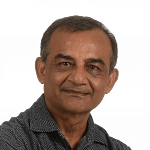Inside North Korea
Lessons in another world
Entirely cut off from the rest of the world, North Koreans are served a carefully crafted reality
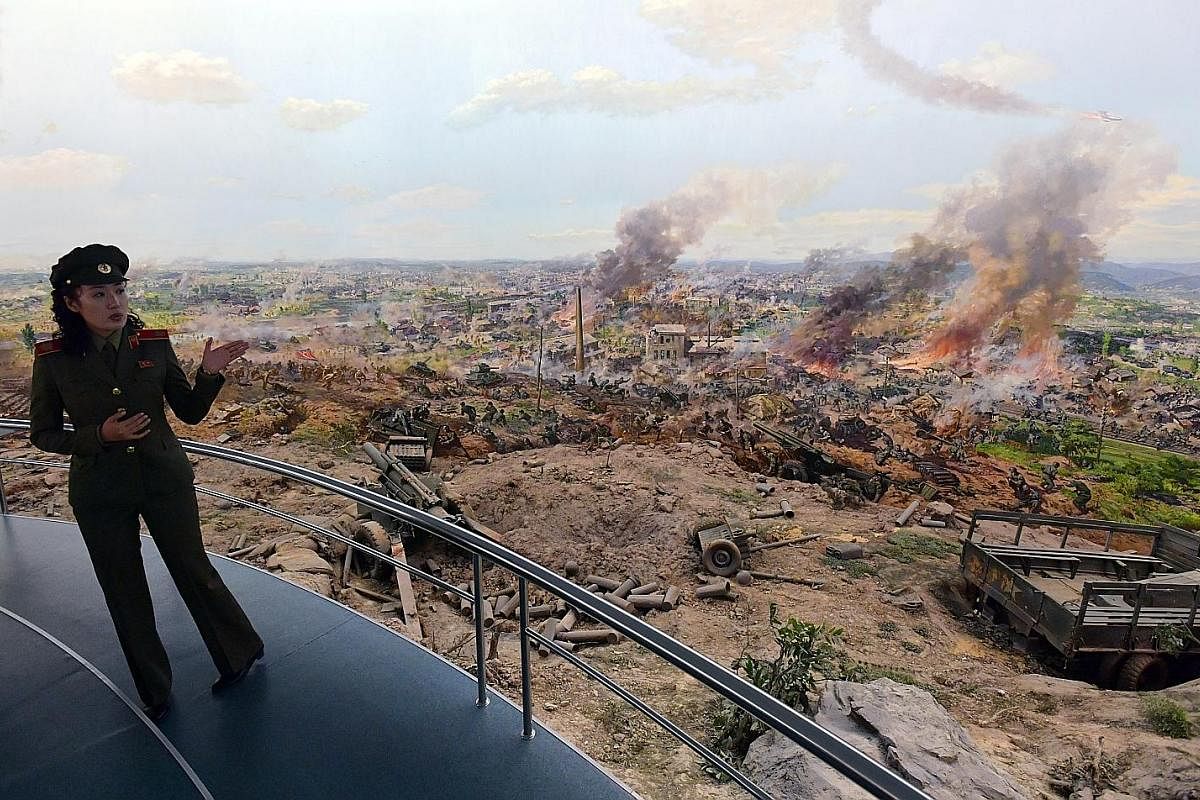
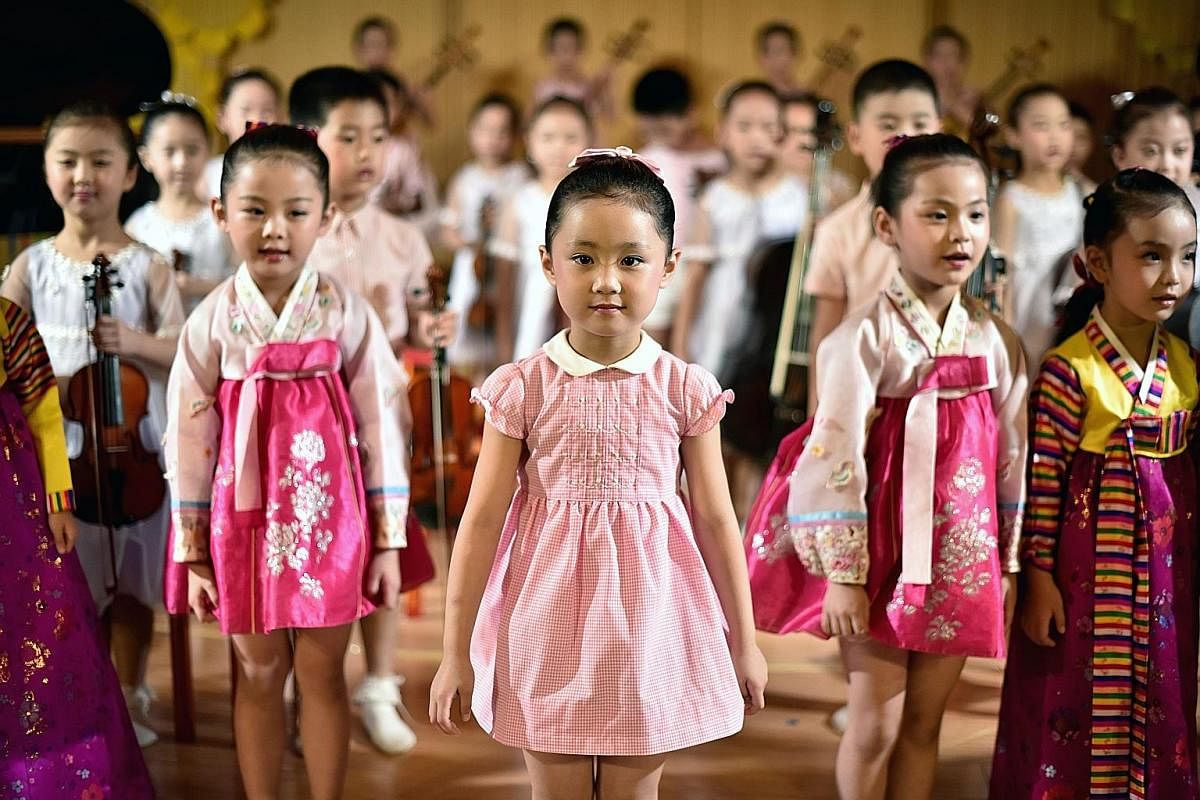
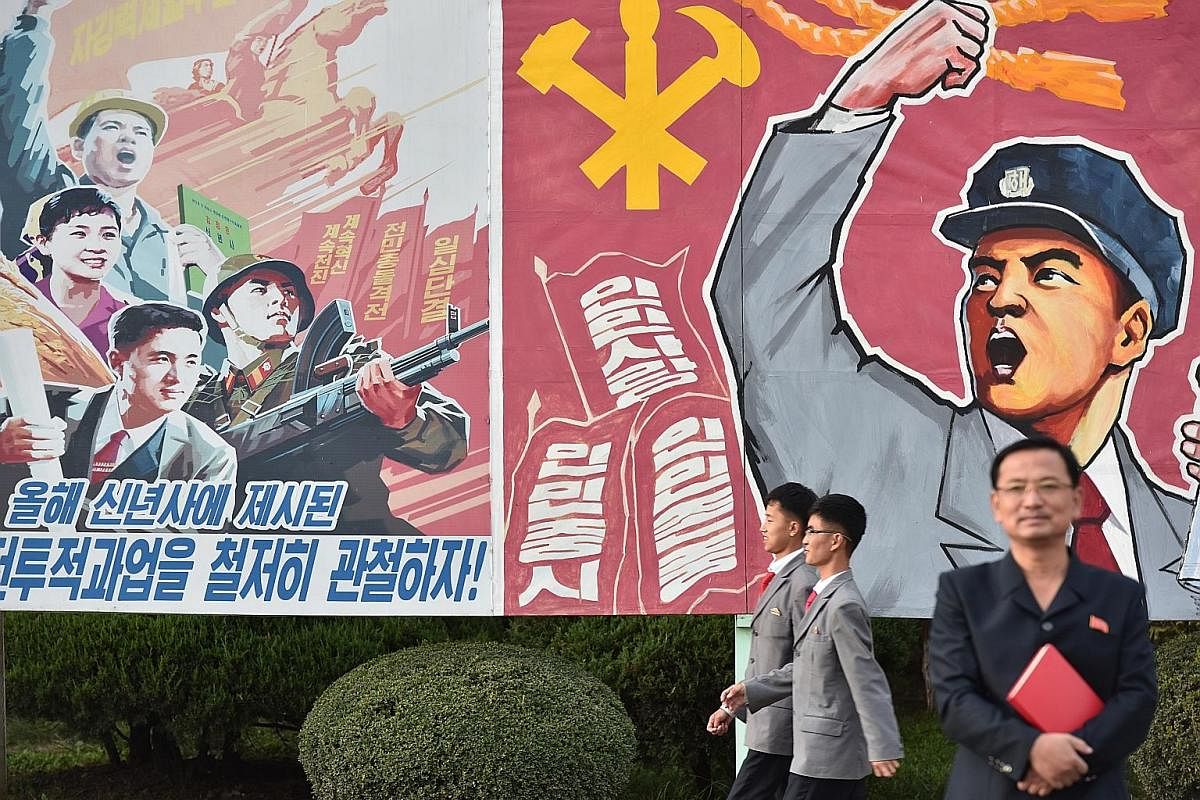
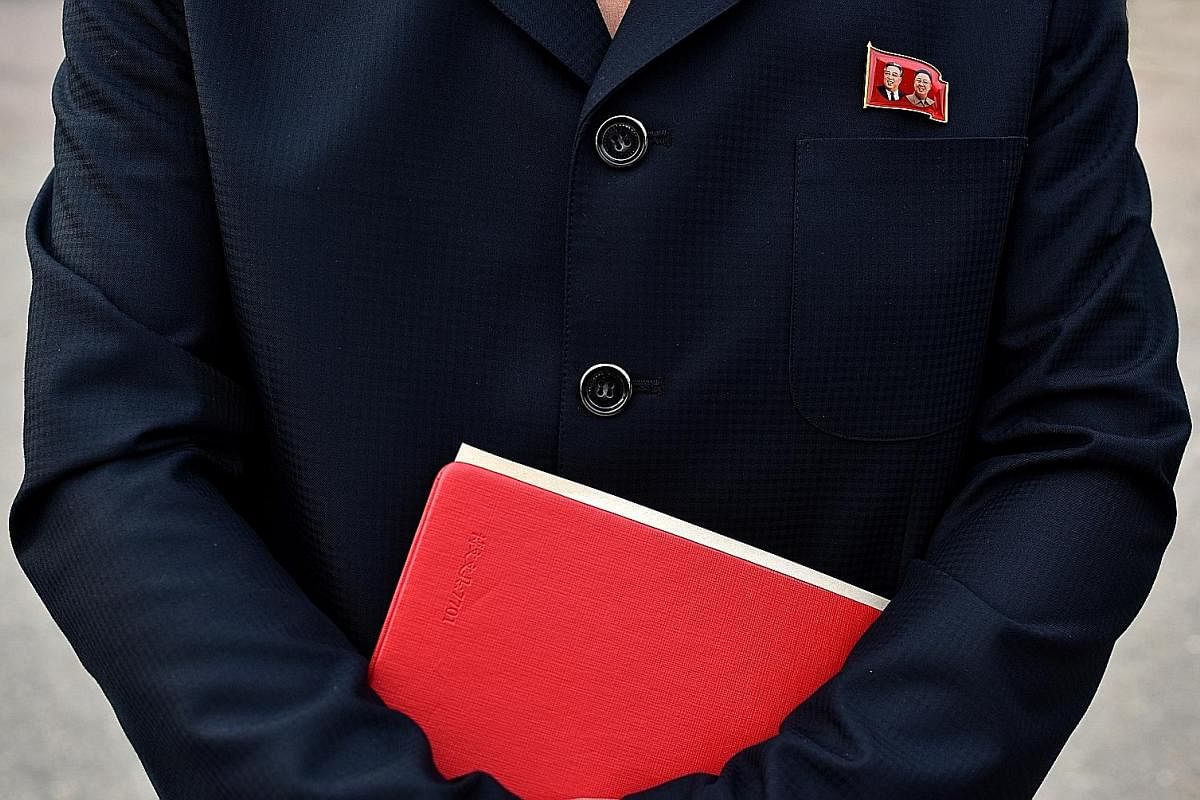
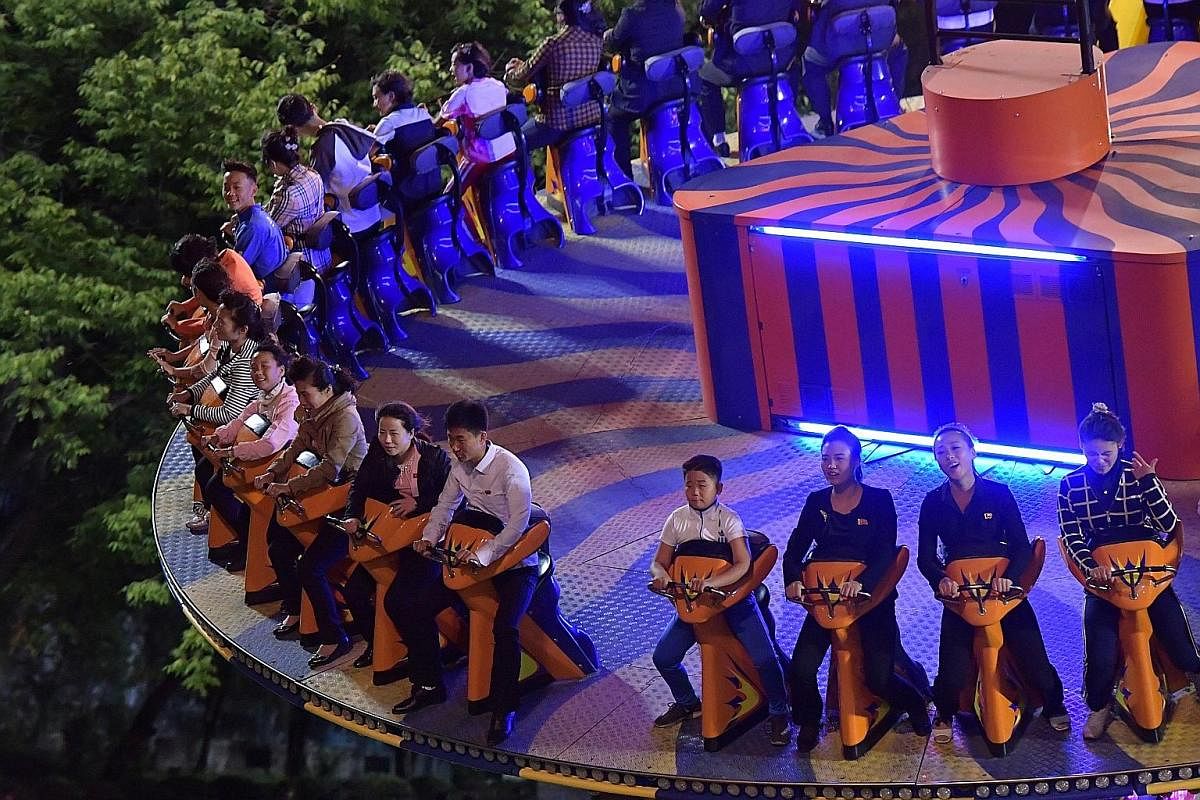
So this is what war feels like.
You can see the soldiers with their machine guns, crouching under trees - figures so life-like that the sound of their gunfire makes you flinch. You can see the American aircraft raining death, targeting even civilians huddled under a bridge.
The story of the Korean War, from 1950 to 1953, is being re-enacted on a circular screen 132m long and 15m high, with forests, campfires and figurines of dead and dying soldiers arranged in the foreground. Forty artists worked for 18 months to create this warscape and it unfolds as your rotating stage slowly takes in the entire panorama.
By the time it ends, some of the North Korean children brought to watch this - and they all are - have clenched jaws and grim faces. Some are fighting back tears.
They have learnt that the United States dropped 32,557 tonnes of napalm - an incendiary liquid that scorches the skin - on the Koreans to burn down entire forests and those hiding in them. That more bombs were dropped on Pyongyang - 432,000 - than its entire population of 400,000. That no city in their country was spared. That more than two million Koreans died.
As they step out of the theatre at the Liberation War Museum, they are shown the actual American bombers and tanks that were captured during that war on display outside. This was not a movie. This happened, the children are told. "The enemy killed the Korean people just for pleasure," says First Lieutenant Jang Un Hye, her voice low.
It is in this country - and among these people - that US President Donald Trump's rhetoric to rain "fire and fury" has resounded like a whiplash.
Images from the Korean War are burned into every citizen's psyche. More than 60 years on, the possibility that the same superpower could re-enact an even more terrible war is being used by officials to justify North Korea's missile and nuclear programme.
With a shortage of funds but a surfeit of bravado, Pyongyang is spelling out its intentions in concrete.
Its new sci-tech complex sits in the attitude of an atom - the building in the middle a nucleus, with others surrounding it like electrons. A new housing block - green, white and futuristic - rises to the sky in the exact shape of a rocket.
Mr Hwang Chol, a top Foreign Ministry official, says without hesitation: "We are proud of our nuclear programme. It is keeping peace in the Korean peninsula."
He spells out the rationale that North Korea is spreading among its people.
"Libya and Iraq show that if you are not strong, you will be eaten up by the strong," says Mr Hwang. "Libya gave up its weapons and... see what happened to Gaddafi? Iraq got attacked because the US knew it didn't have weapons of mass destruction in the first place."
He claims Libyan leader Muammar Gaddafi was killed by Nato-backed rebels in 2011 only because he had halted his nuclear and chemical weapons programme years earlier. And that Iraqi leader Saddam Hussein was captured following a US-led invasion and executed in 2006 because he was "weak".
The North Korean arsenal is no match for that of the US. Its nuclear warheads number fewer than 60, while the US is known to have 4,480 which are many times more powerful. But Pyongyang's calculation is that even a moderate arsenal will stop the US from attacking it.
It is a logic that appeals to many of his fellow citizens who have been clinically cut off from the world, with far lower earnings, per head, than Bangladesh, but who have been taught, from a young age, that the US is their enemy.
"The enemy is striking us with a sword and we cannot allow ourselves to be killed by it," says a young soldier at the demilitarised zone on the border with South Korea. Like most others, he has never surfed the Internet, made or received a call from outside the country's borders, let alone been overseas. He even needs a permit to travel to Pyongyang since he is not registered as a resident there.
The isolation is complete. You get a taste of it as you enter Pyongyang on a weary Tupolev plane run by Air Koryo from Beijing and are asked to declare every book and item in your possession. The pictures on your phone are scrutinised. Once inside the city's borders, there is no phone or Internet service and you can call only through the hotel's line.
No piece of information that is not sanctioned is allowed to creep through the North Korean border.
On the other hand, Mr Trump's threat plays repeatedly over state-run TV, crackles across state-supervised Intranet, and is splashed on bulletin boards at street corners and metro stations.
North Korea's own version of history is also drummed into every child through 12 years of education.
Every child is taught that the Korean peninsula is a single country, that has been occupied in the south by the US since World War II. With force and fire.
Occupied by Japan for 35 years, Korea was divided into two along the 38th Parallel in 1945, with the Soviet Union in charge of the North and the US running the South. Most historians agree that it was the North, led by then President Kim Il Sung, that started the Korean War in an effort to reunify the two Koreas.
In Pyongyang's version, it was the US that started the war. "They were the warmakers... They have always wanted to wipe us off the map," says Mr Hwang.
The children learn this in school.
At Moranbong Middle School No. 1, we move from a classroom where students are conversing in English - every child in the country is now taught the language from the age of seven - to another where they are learning about the lives of their leaders, and then to one devoted to the pain that their country has suffered at the hands of the Japanese and the Americans. There is a life-size figure of a Caucasian priest carving the word "Thief" on the forehead of a hungry boy who stole an apple.
In the kindergartens that we visit, the only toys children play with are plastic models of tanks, guns and aircraft.
They are taught music from a young age, and we hear them sing: "We are building up our bodies... To reunify Korea... And drive away the US... From our country."
Join ST's Telegram channel and get the latest breaking news delivered to you.
A version of this article appeared in the print edition of The Straits Times on October 30, 2017, with the headline Lessons in another world. Subscribe
